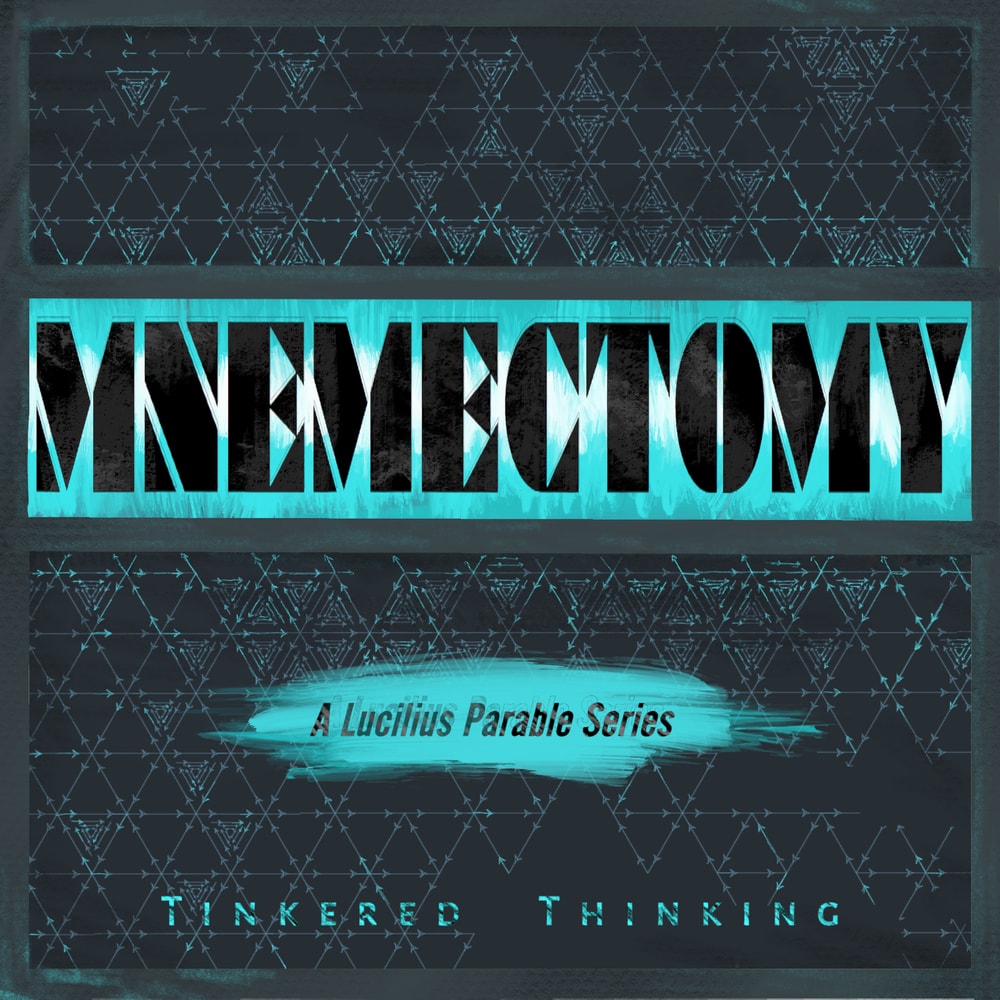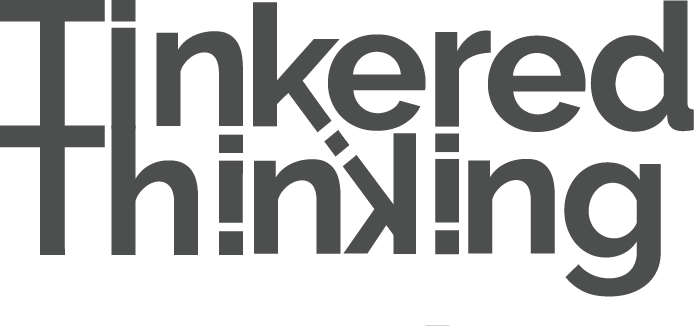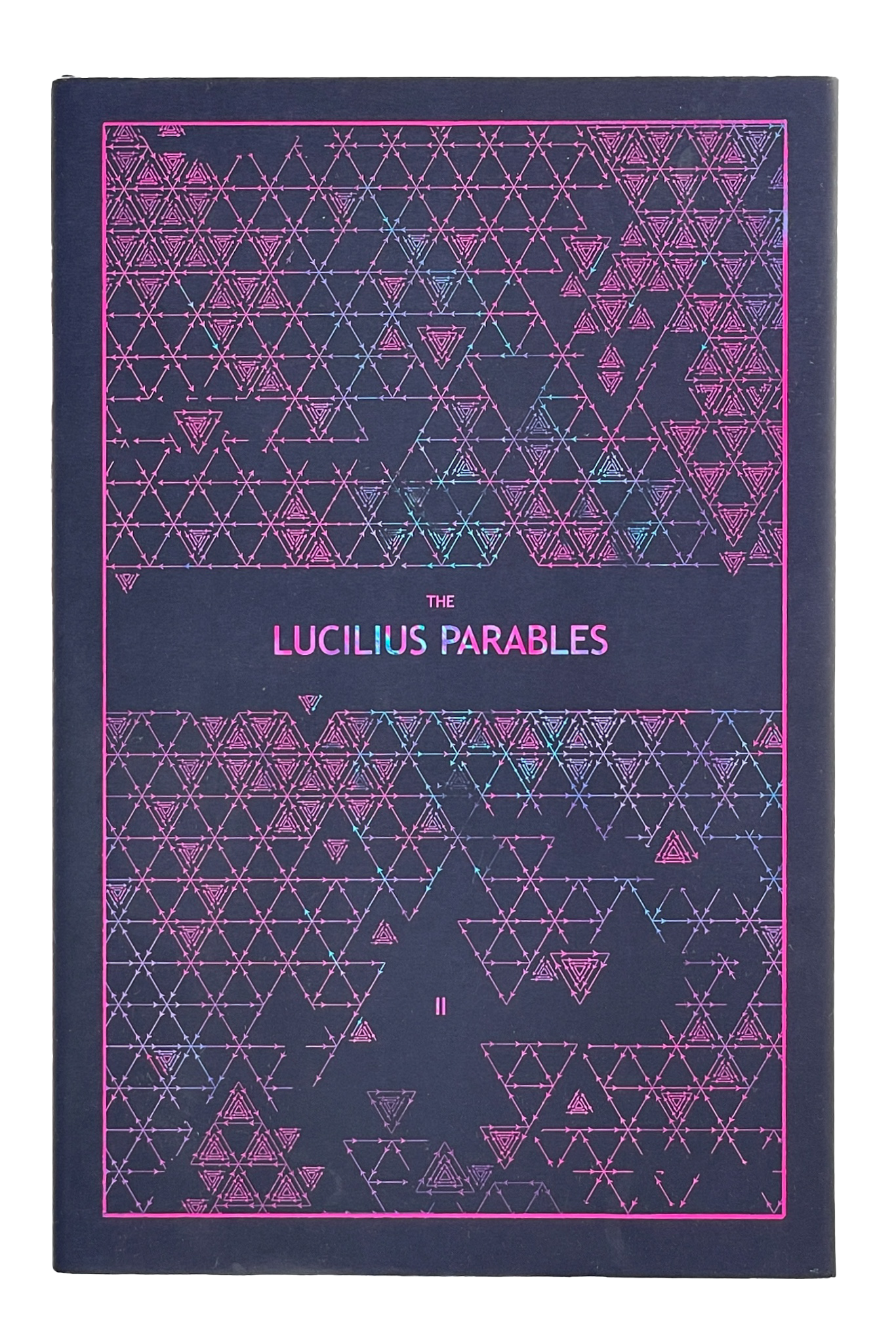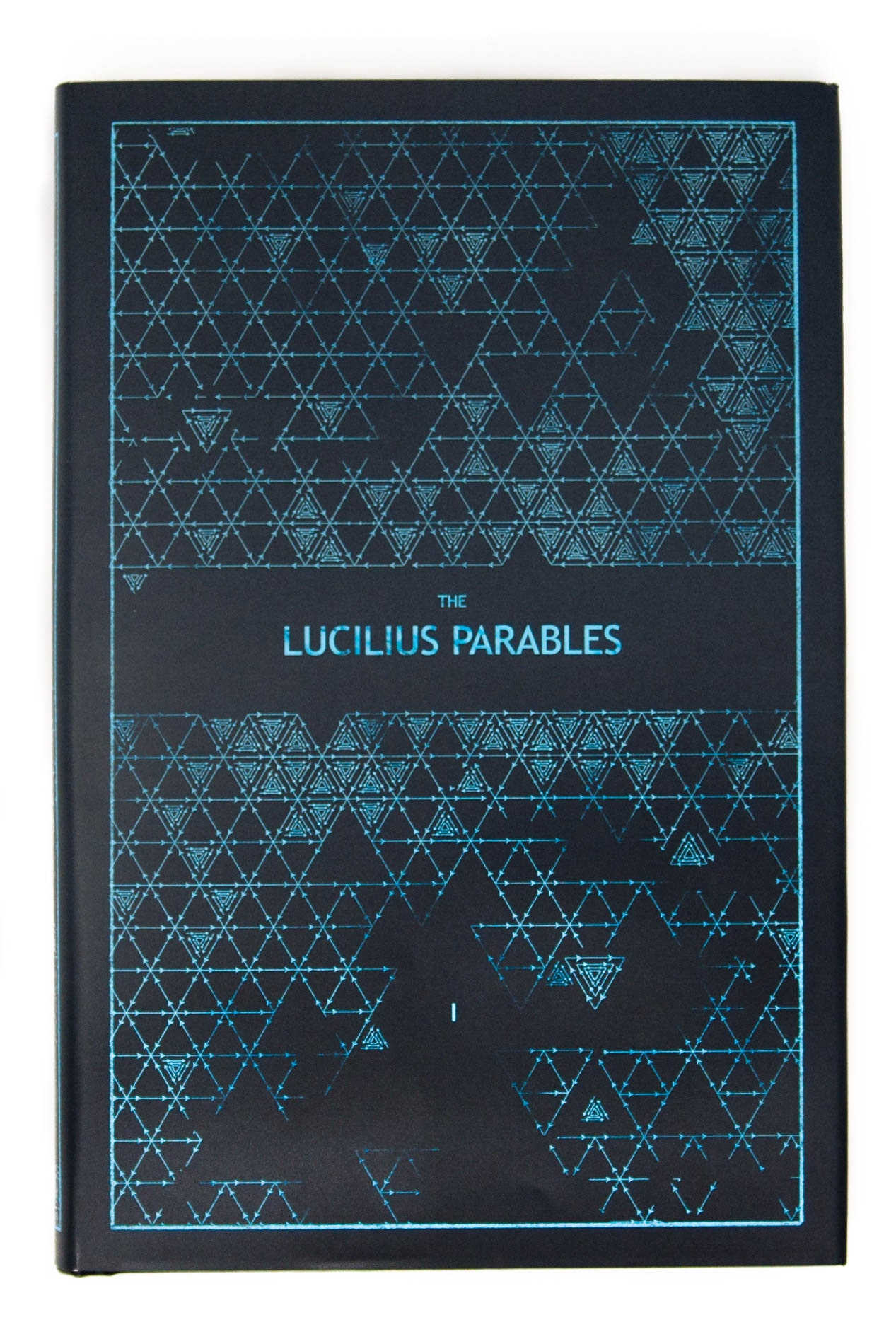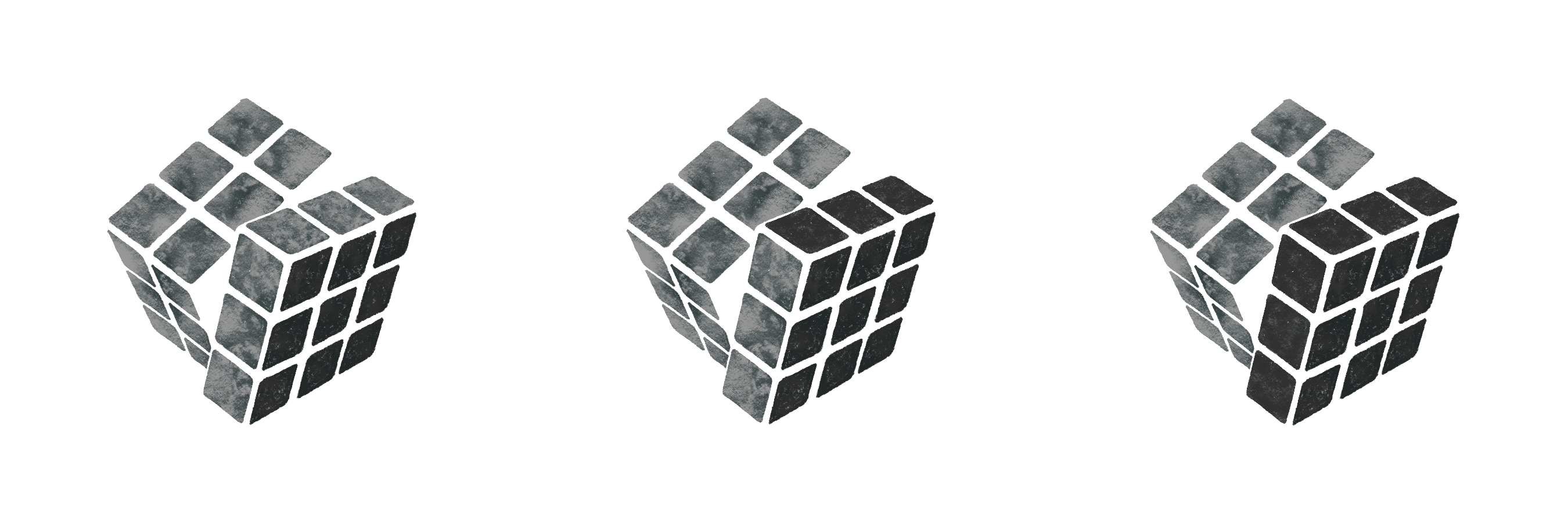Daily, snackable writings to spur changes in thinking.
Building a blueprint for a better brain by tinkering with the code.
subscribe
rss Feeds
SPIN CHESS
A Chess app from Tinkered Thinking featuring a variant of chess that bridges all skill levels!
REPAUSE
A meditation app is forthcoming. Stay Tuned.
THE POWER HACK
April 13th, 2019
Knowledge is Power, goes the old maxim.
This is universally agreed upon, but are the mechanics of such a phrase universally understood?
The word ‘is’ in this short phrase functions like an equal sign, and like balancing both sides of a mathematical equation, we can say that Power increases as Knowledge increases. Or at least, this is the sentiment that we commonly derive from the old maxim. It’s parroted to kids who are learning to read, it’s broadcasted by universities through esoteric Latin phrases. But what exactly are the mechanics of such a phrase? Is the most powerful person the one who has simply read the most? Or does this superficial idea of knowledge gloss over an important aspect of what knowledge is, how it moves, and how it transforms?
Dipping into physics for a moment, Power is neatly defined as Work over Time, or rather, how much work is done in a given interval of time. If a lot of work can be accomplished in less time, then such a system can be described as powerful, or at least more powerful than a system that accomplishes less work in the same interval of time.
Here physics gives us the gift of a definition that is easy to comprehend and conveniently stripped of any mythical psychobabble that may be attached to the word ‘power’ in the cultural mind and imagination.
We can revisit the original maxim with this unpacked comprehension of power and ask a question: is it legitimate knowledge if power is not increasing?
The ramifications of this question are potentially controversial. It poses the possibility that a single piece of knowledge can exist in two states: one imaginary state, and another state that is functional in reality.
An easy example of this is to ask: does the average smoker know that smoking is bad for their health?
It’s safe to assume that all chronic smokers in the modern world have been thoroughly informed of the hazards of smoking, if not by the people in their life, then by the packaging which they help fund. And yet this knowledge has no functional impact on their behavior. The knowledge in this case exists in a state that is more imaginary.
We can likewise illuminate this difference by bringing to mind the instances of deaf people who gain the ability to hear through different technological implants. Such individuals surely have a knowledge of sound and how it functions for people who can hear, but to then actually experience the sound of human voice for the first time is to translate this knowledge from an imagined form into a functional form.
As is also often said: It’s one thing to know, it’s quite another to understand.
This new word, understand, presents quite a literal function in this framework. Knowledge as a word is really a hazy concept, something that cannot really be pointed at. It does not necessarily exist in the space we inhabit. Whereas understanding evokes a perspective. The word quite literally describes a perspective in space. As we understand, we are described as standing under something. That knowledge now might be described as existing in the real world as something that we can stand in relation to. The only reliable way to translate an imagined piece of knowledge into a functional piece of knowledge is to understand it through experience, and this requires taking action based on that knowledge which only exists as a hazy concept beforehand.
It is for this reason that the best teacher is said to be experience, it cuts out the perseverating obsession that can pool around imagined knowledge and gets straight to the goods, or rather, it cuts straight to functional knowledge which we can viscerally understand.
These mechanics all thread through an equal sign with Power on the other side. However, a sneaky caveat exists within that equal sign, namely: action.
If the old maxim were to be more accurately phrased, we might say that knowledge can lead to power if only we act upon that knowledge. Of course this sounds far inferior to the pithy maxim we are all familiar with.
If there is a hack to gaining power, it is to simplify the process as much as possible: this is how infants do it. Infants do not read books about how to crawl or speak, birds do not study aerodynamics and whales do not have swimming lessons. These obvious images are brought to mind here to highlight an often forgotten process that is inherent in experience that we often forget with knowledge we study: if a piece of knowledge can be acted upon, then it should be tested for functional use, and if it fails to provide any functional use in line with our larger aims in life than there is little reason to give it much attention.
Power inevitably extends our own personal agency. The founder and owner of a successful business literally extends their own personal agency via outsourcing the actions they would personally take but cannot due to the limits everyone has regarding what they can actually do as a single human being operating in a single body. Business and governments distribute the work of larger designs to many people. The key word here is work. For example we can imagine Jeff Bezos hand-delivering every Amazon package that has been delivered, like some sort of Santa Claus, but this would inevitably take the guy decades, if not hundreds of years to accomplish personally. Instead, the vision of Amazon was outsourced and that gargantuan amount of work was accomplished in far less time. Here we return to our definition of power from physics as work over time.
However, we need not extrapolate power so far as to include outsourcing our designs to other people to achieve more work. This whole framework seeks to address a far more personal perspective which is illuminated by a single question:
Am I doing things the hard way?
The sentiment of this question, if unpacked with this framework of power here outlined would sharpen into a new question: is there some piece of knowledge that I am not acting upon that would make things easier and hasten the progress of my goals? The flipside of this question is: am I acting on pieces of knowledge that actually aren’t all that useful?
Emotional attachment to certain ideas inevitably hinders our abilities – quite literally – more than anything else. If access to knowledge were the real problem, then people would generally be much happier and lead far more effective and fulfilling lives, but Google has already solved this problem for the most part, which begs the question once more: if access to knowledge isn’t the problem, than what is?
The answer is that caveat buried within the phrase Knowledge is Power: It’s action.
We need only act upon our ideas to see how good they are,
and in the process we forge our experience,
discovering understanding
and thereby
gain the power
to live a better life.
This episode references Episode 332: Power & Entitlement, and Episode 30: The Only Tool.
JUST START
April 12th, 2019
The coefficient of static friction is always higher than the coefficient of kinetic friction. Within the discipline of Newtonian physics, this is the technical way of saying something rather simple and widely known: getting started is harder than continuing.
A far more colloquial but equally accurate way of conveying this aspect of reality is captured by the phrase:
To Get the ball rolling.
For whatever odd reason, the same sticky phenomenon that physical objects at rest have, seems to apply to our mentality. The project lingers in hazy imagination, but we take no action.
And yet, when that deplorably rare and lovely event occurs when we do take the first step, the second step is forever glossed over by it’s brevity and metamorphosis into a third and forth step.
It’s that first step that is curiously elusive, like Pan’s shadow, forever flittering away, a prey to be chased, or ideally: systematically outsmarted.
That bold and commanding shoe slogan: Just Do It, may in fact be a bit counter-productive, if well-intentioned.
Just Do It, refers to the whole project, the entire dream, evoking some sort of birth, as though pulling an all-nighter can bring into existence large and complex designs. Biology, in this case lends a misleading narrative as to how things come into being. The nitty-gritty construction always occurs out of sight, in the belly of a mother or within the hard walls of a shell. A kid playing with legos or a beaver building a dam is a far more useful image when it comes to a story that can effectively aid our ability to convert dreams into actions.
Instead of one magnificent vomit of productivity, we can begin with something that is actually in line with our abilities: a small, tiny little action that merely pokes around the uncertain space where reality may be coaxed into the shape of our dreams.
From a more linguistic standpoint, the object in Nike’s slogan also presents some trouble. That ominous and vaguely specific word ‘it’ creates a far bigger problem than the size of the word might imply. What exactly is it?
The superficial answer is: the project, our design, our dream.
The trap of such language is that it implies a total concrete design, and while this is comforting to our general psychology, it rarely maps onto the world very well. Such a mindset takes no account of the feedback we receive as we take action. This absolute stance with regards to a plan, as opposed to a flexible iterative view of plans, raises the likelihood that we will ignore feedback, which in turn allows ramifications of such ignored feedback to pile up until reality reflects this ignored feedback so dramatically that it feels like a slap in the face, or a wake up call. In other words, our pursuit of Nike’s pervasive it is apt to help us behave like a buffalo running towards a cliff, unable to pivot away due to the claustrophobic nature of our own perspective.
The totality evoked by Just Do It also contributes to the sunk-cost fallacy, because we think in terms of getting all of it done. We may benefit more by adopting a mindset that is more akin to exploration – a mindset that is equipped not with an expectation of destination but with a question, namely: is this still a good direction? Because we lack such a detailed and definitive vision of the end goal, we are less attached and therefore able to pivot with more agility.
This is not to say that we should not have any vision for the future, but that our grasp of how exactly that vision is accomplished should be infinitely pliable. This requires shedding our vision of all discrete details in honor of its most fundamental nature – a concept which is simple and vague by default and detailed only as it emerges in reality through our own discrete actions.
We might think of the jaws of a lion which gingerly carries a cub and yet also has the power to crush in execution. We do best to remain gingerly attached to the image of our vision and dreams while being able to specifically crush small detailed actions.
Each action on the wandering road of progress is a new start as we receive new information about our efforts, and yet, the most difficult step is naturally the first.
This first initial step can become much easier if we grease our mentality by unburdening it with a need for a final detailed outcome, lightening the cognitive and emotional load, freeing up our movement to curiously wander in potentially productive directions.
We are ultimately hindered by a belief that we need to do it all.
Instead, we can
Just start.
This episode references Episode 358: Process, Episode 133: The Right Track, Episode 72: Persevere vs. Pivot, and Episode 6: What’s Your Passion?
MONKEYS & TYPEWRITERS
April 11th, 2019
In the realm of probability, it’s often been mentioned that if monkeys were left to bang away at typewriters, they would eventually produce the complete works of Shakespeare verbatim.
Indeed, the evolutionarily informed thinker might look at our long biological history and see that’s exactly what happened.
A different thought experiment might sub-out the typewriter for something else. Say a pencil and paper.
Both the paper-pencil combo and the typewriter are equally capable in producing a reproduction of Shakespeare’s works, and yet there’s an obvious and fundamental difference.
Not only is a typewriter faster, but it’s usage is also far more narrow. It only produces letters, numbers and punctuation, whereas a pencil and paper can produce an infinitely larger set of graphical combinations.
In this way the pencil-and-paper combo might seem superior, but if we remember our thought experiment about the Monkey’s producing Shakespeare, it’s clear that given the pencil-and-paper, there are far more actions and combinations of actions that the Monkeys could undertake, and therefore in all likelihood it would take far longer for Shakespeare to materialize on the page than if actions were limited to the keys of a typewriter.
The two concepts at play here are Constraints and Speed. The typewriter has far more constraints, but given the task we are testing for, it is far faster, not just in the production of each iteration but overall, whereas the pencil-and-paper combo lacks constraints and speed.
The typewriter in this thought experiment may function as an allegory for our habits and discipline. What we do routinely, within the constraints of habit inevitably aim towards a narrow set of eventual outcomes. By narrowing the variety of actions we take in these realms there may be a higher set of these actions that actually hit the button – so to speak – regarding our progress towards a goal. Habits and discipline, if mindfully designed and carried out can have a compounding effect. Poor habits likewise have a compounding effect that can sink us on a slope that gets steeper and steeper as we go.
But unlike the Monkeys of our thought experiments who are either relegated towards fast and narrow iteration with the typewriter, or slow and open iteration with the pencil-and-paper, we humans get to have our cake and eat it too.
Not only can we initiate and entrench good habits that continually give back to us, but we can make a habit of pausing, to zoom out from our own circumstance to try and look at that circumstance in a larger context where the narrowness of habits dissolve for an important moment.
From such a standpoint we can imagine forward and wonder if our discipline and habits are aimed in useful directions, and if not, we can creatively change up our habits, like switching tools, in order to hone in on a more interesting future.
This episode references Episode 23: Pause and Episode 54: The Well-Oiled Zoom.
HOURGLASS
April 10th, 2019
More so than all human conventions, the two things that exert a tremendous non-negotiable force upon our lives are gravity and time.
It’s perhaps fitting that one of our first inventions to measure one was done so by harnessing the other: namely gravity is used in the hourglass to measure time.
While the extrapolations of advanced physics seem to indicate that these forces are perhaps pliable in extreme circumstances, either through speed or proximity to mass, as time and gravity relate to the average person here on earth, they are reliable and unapologetic constants.
Beyond any god or creed, faith in gravity and the passage of time is so innate to our experience that we do not even question our relation to such forces through something as counter-intuitive as ‘faith’.
And yet, even advanced physics struggles to provide a satisfying description as to exactly how and why time and gravity function as they do. These forces are incredibly reliable without giving up their secrets. Through this puzzling lens, such forces almost sound supernatural, and yet they comprise two of the most fundamental aspects of what is natural.
Regardless of what mechanics reside within these black boxes, it is their reliability and juggernaut consistency that we must keep front and center while negotiating what we do in life. Time pushes us forward, no matter how much we kick and scream, no matter how paralyzed we feel, no matter how nostalgic we are for the past nor how much we dread the future.
Memory and imagination, no matter how flawed they be are the only weapons we have against this interminable march.
One linking us to times now past and the other a cloud of what might be.
We are essentially force fed with memories of our ability or inability to make the best of the moment.
Best to Pause and use that present moment for an honest assessment about how that present moment is usually used.
Because unlike an hourglass that can be flipped and started over,
there is no flipping life and starting again.
BOTTLENECK
April 9th, 2019
Every individual has a limit to the resources available to them. The two most notable resources that we near constantly feel the limits of are time, and money.
Our financial resource experiences a bottleneck when we ponder some exotic trip or some new wondrous toy and then simultaneously bills rain down through the mail.
Likewise with time, a bottleneck occurs when a child desires our time, but our work schedule doesn’t permit a chance to join that fieldtrip or see that jazz concert.
This extends to even the richest people on the planet, who are still only granted one lifetime, and no amount of money can be garnered that might redirect the whole world.
On a personal level and on an interpersonal level, our management of resources, whether they be time and money, or each other, experiences a web of bottlenecks.
For the individual, it may be possible to cut costs to free up available income, or design a new income altogether that might free up time while bringing in just as much money or more, allowing for that wondrous toy and time with children, spouses or friends.
We might even be able to see global bottlenecks as being composed of smaller bottlenecks of nation states, and from there we might see the bottlenecks that hinder a nation-state as the bottlenecks that hinder individuals.
And for the individual, we might wonder: where is the bottleneck that keeps a person from changing their life around?
More than money, time is the crucial component in this case. If the resource of time is completely spoken for, than there is vanishingly little chance that a person will be able to ponder upon the design of their own life. The racing rat has no time to think about the foundations of the wheel upon which it runs.
The ability to pause and zoom out on one’s own situation requires the time and space to do so. Many people are so mindlessly inured of their own routine that no stock of their own life is regularly taken. Unexpected and traumatic events are often required to get a person to stop and look at what they’ve been doing and where they’ve been going. But we need not wait for such unhappy circumstances to slow down and ponder about another way to go about this funny business we call living.
The daily meditator may seem to sacrifice 10 or 20 minutes a day in order to do nothing. 10 or 20 minutes that might seem wasted to another person, but the meditator gains back this time and far more by mindfully being present when others are too wrapped up in the swirl of their own daily drama.
It seems like a step backwards – to give up time in order to make other moments more useful, but it’s akin to the painter stepping back from their work to see how it looks from far away.
We might see another bottleneck cracking in a similarly counter-intuitive way. Moving to a part-time job may severely hinder the cash flow and seem like a tighter bottleneck, but if that extra time can be spent thinking about other forms of income and other clever ways to drastically cut costs, the freedom of such a schedule also lends to more time with a family.
With the bottlenecks that seem to suffocate our resources, it’s often a tradition or entrenched behavior that keeps at bay the hack that can circumvent the clog on our potential.
Conversely, there are all sorts of things in our lives that – if bottlenecked – would benefit us tremendously. The easiest one is bad food. If there were some sort of systemic bottleneck on the amount of junk food we could get our greasy paws on, there’s not a doubt we would get healthier.
Bottlenecks on social media, entertainment, and screen time in general would no doubt proffer huge benefits also.
We might even glimpse how the placement of one bottleneck frees up another. Severely limiting time in front of a television certainly frees up some time that might otherwise be spent on something more productive.
Inevitably, bottlenecks are good for two things: the first is -naturally- pouring a limited amount from a bottle, unlike jars, bottles were designed like this to limit how much we might swig. This can very easily be a good thing, if this bottleneck were limiting a potentially bad thing in our life, like social media or alcohol- to be as literal as possible. The second good that comes from bottlenecks is that they form a good handle, that can be gripped and swung, to break and release all the stopped up potential that might help you level-up.
This episode references Episode 42: Level-Up.
-compressed.jpg)
